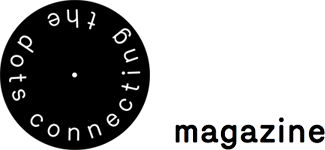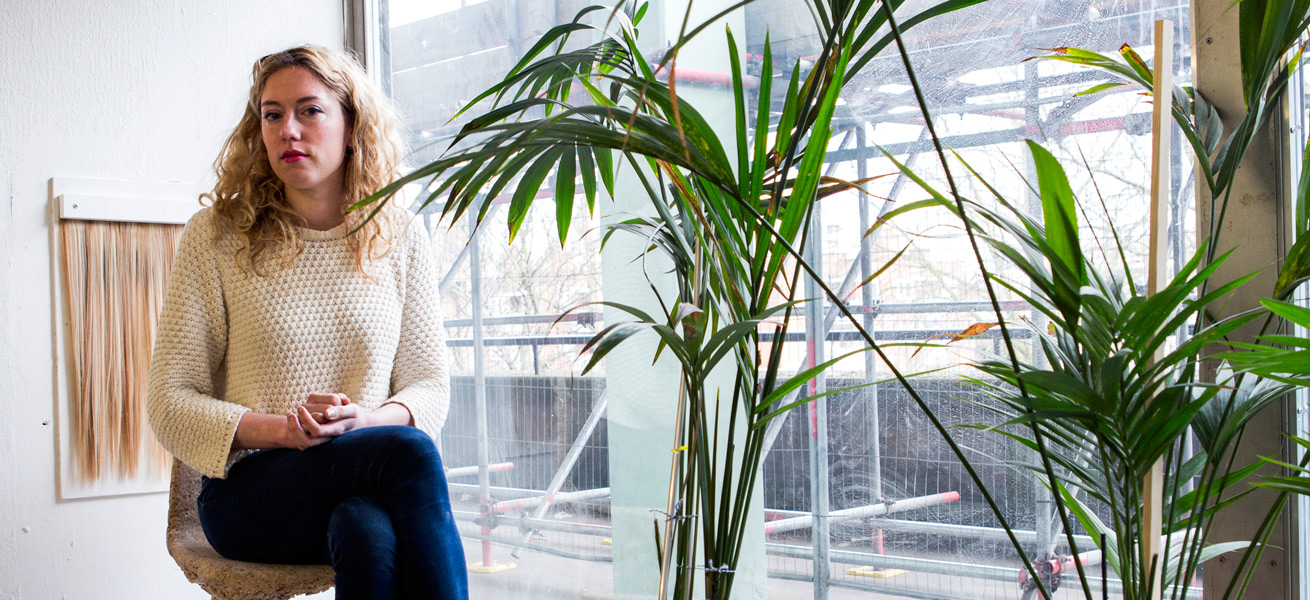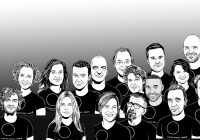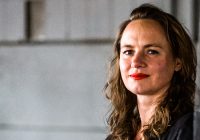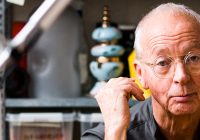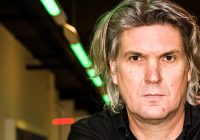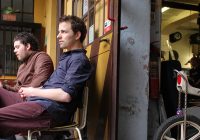Text by Anna Bates
Photo by Mischa Haller
Marjan van Aubel presents at the Milan Design Week together with Jólan van der Wiel in Lambrate with their presentation Energies Unseen
What is your process?
I work on material research and I take a science approach to design. A lot of the things I do are from intuition, I’ll wonder: what happens if I do this… And mix a few things to see what happens. All the things I’m doing are big mistakes!
How so?
With the Well Proven chairs, I was adding this bio-resin with waste wood shavings – which you’re not supposed to do – and it bubbled up. If I can repeat my mistake, then I’m happy. That’s why it’s so important to document everything carefully. There are times when nothing happens, when nothing goes wrong again. But with the chairs it worked. There is only the mould of an existing chair, the legs and the foam. The wood chip provides a structure; the foam forms around the legs and it holds.
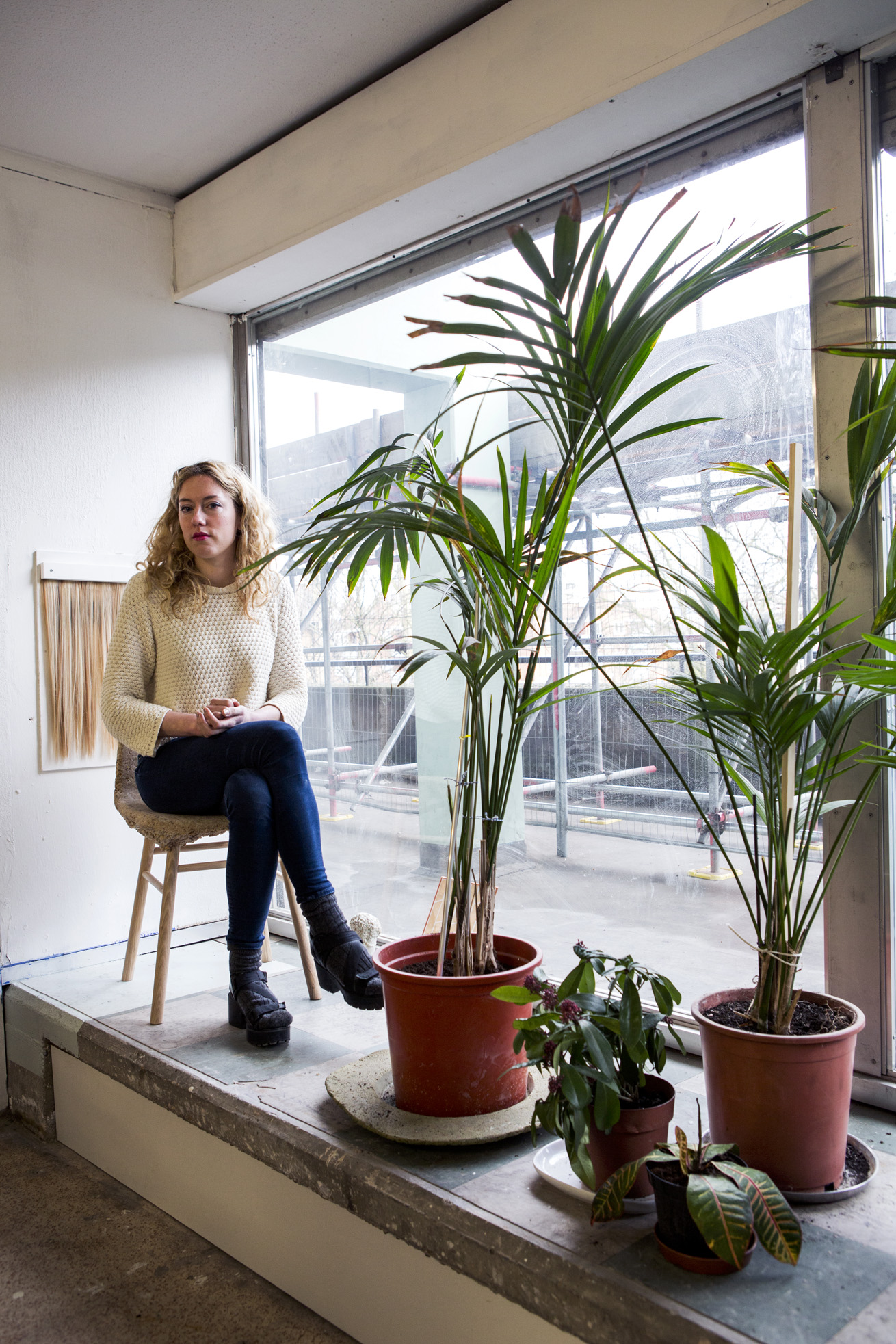
Marjan van Aubel
This was your graduation project at the Royal college of Art. Where did your next experiment take you?
I’m interested in the hidden energy of things – I made a table of Dye Sensitized Solar Cells. They transform light energy into electricity; it’s based on photosynthesis – it uses the properties of colour to create a current. The light is translated into electricity as opposed to sugar, so you can charge the appliances in the room.
Does it have potential in mass production?
I’m now talking to industrialists. I’m working on this right now: how to make for a bigger scale. I’ve also developed a follow up project, a modern version of stained glass windows. The glass pieces are made of the solar cells, and the different colours have different efficiencies because of the wavelengths. So blue is less efficient than red, and so on.
Do you have an environmental agenda with your design?
I want to combine aesthetics with awareness. With the current table you can see it takes eight hours to charge a phone – the object itself tells the story – it all becomes more understandable. You can use design to instigate a mentality change. My solutions are little, but if everyone contributes… I think we should not really wait for this top down answer to problems. It would be much quicker if we do it ourselves.
Information about her presentation in Milan:
http://milan2015.thedots.nl/energies-unseen/
